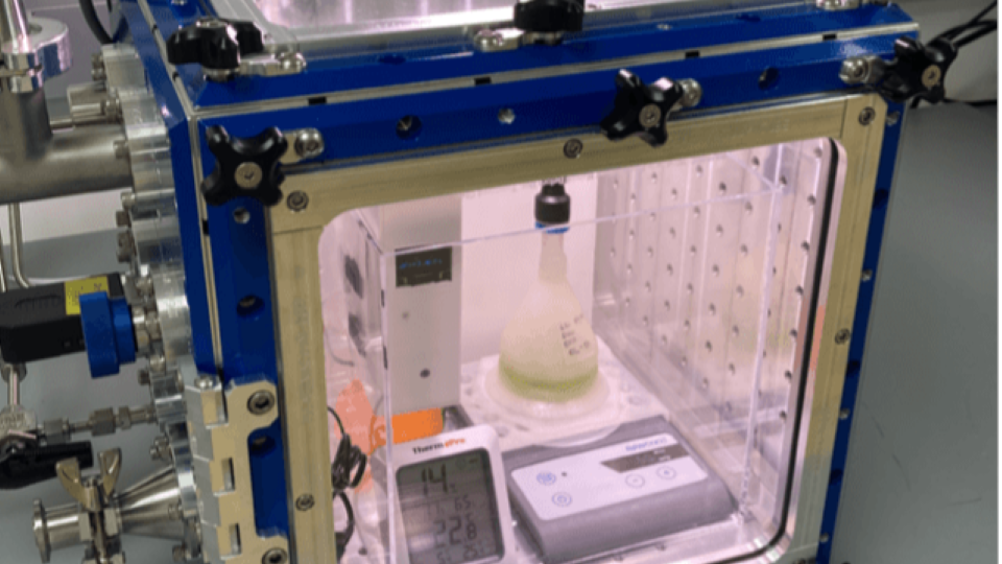Led by Robin Wordsworth, the Gordon McKay Professor of Environmental Science and Engineering and Professor of Earth and Planetary Sciences in the Harvard John A. Paulson School of Engineering and Applied Sciences (SEAS), the team demonstrated that they can grow green algae inside shelters made out of bioplastics in Mars-like conditions.
“If you have a habitat that is composed of bioplastic, and it grows algae within it, that algae could produce more bioplastic,” Wordsworth said in a statement. “So you start to have a closed-loop system that can sustain itself and even grow through time.”
The research is published in Science Advances.
Algae and Bioplastics: A Blueprint for Mars Habitats
In lab experiments that recreated the thin atmosphere of Mars, Wordsworth’s team grew Dunaliella tertiolecta, a common type of green algae. The algae is said to have thrived inside a 3D-printed growth chamber made from polylactic acid, a biodegradable and bio-based thermoplastic polyester that blocked UV radiation while transmitting enough light to allow the algae to photosynthesise.
The algae was kept under a Mars-like 600 Pascals of atmospheric pressure and in a carbon dioxide-rich environment. Liquid water cannot exist at such low pressures, but the bioplastic chamber created a pressure gradient that stabilised water within it.
Lunar and Deep-Space Applications on the Horizon
Wordsworth’s team previously demonstrated a type of local Martian terraforming using sheets of silica aerogels that mimic the Earth’s greenhouse warming effect to allow for biological growth. A combination of the algae experiments with the aerogels would solve both temperature and pressure issues for supporting plant and algae growth, Wordsworth said, and could open a clearer path toward extraterrestrial existence.
Next, Wordsworth said the researchers want to demonstrate that their habitats also work in vacuum conditions, which would be relevant for lunar or deep-space applications. His team also has plans to design a working closed-loop system for habitat production.
“The concept of biomaterial habitats is fundamentally interesting and can support humans living in space,” said Wordsworth. “As this type of technology develops, it’s going to have spinoff benefits for sustainability technology here on Earth as well.”
